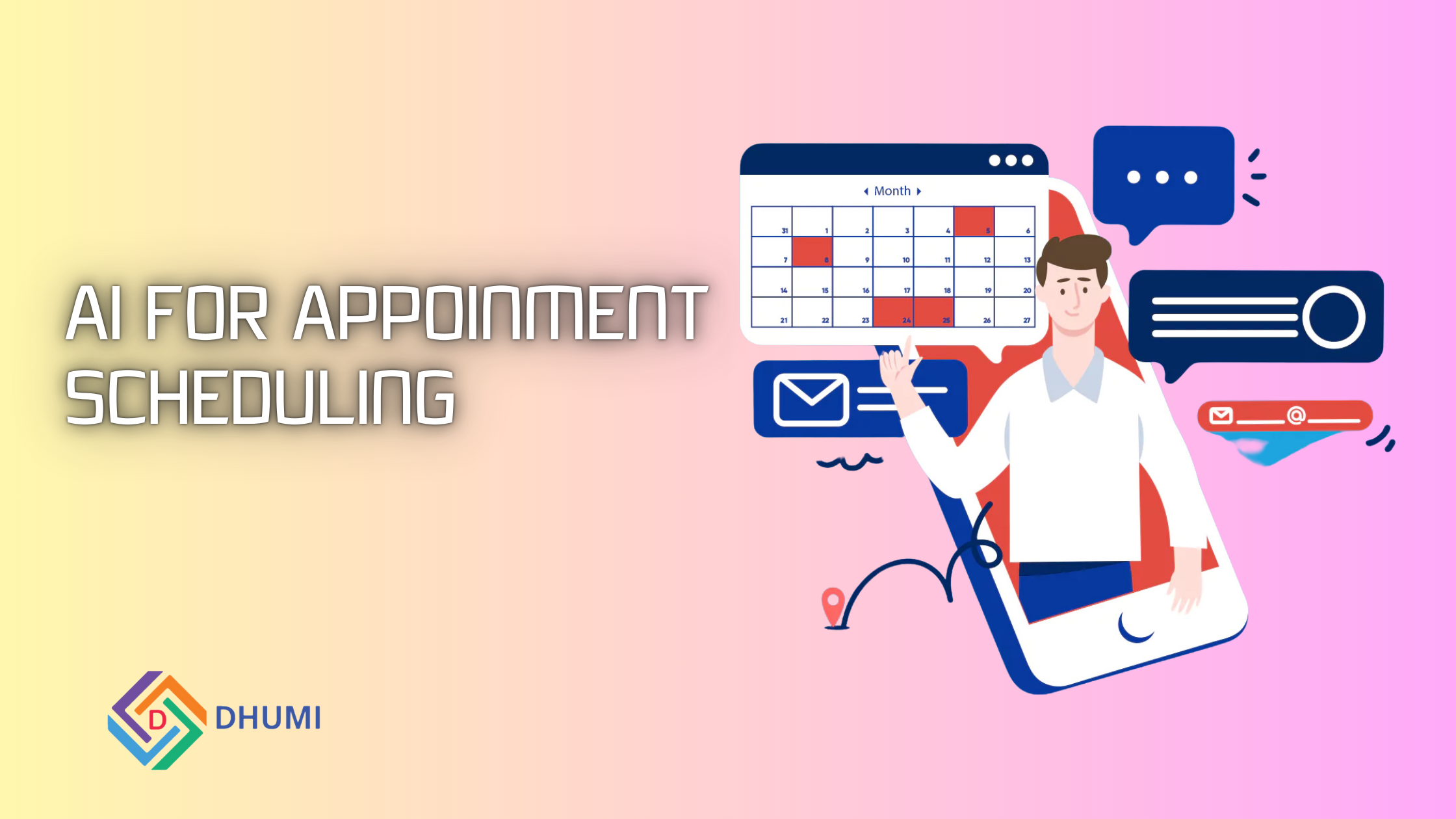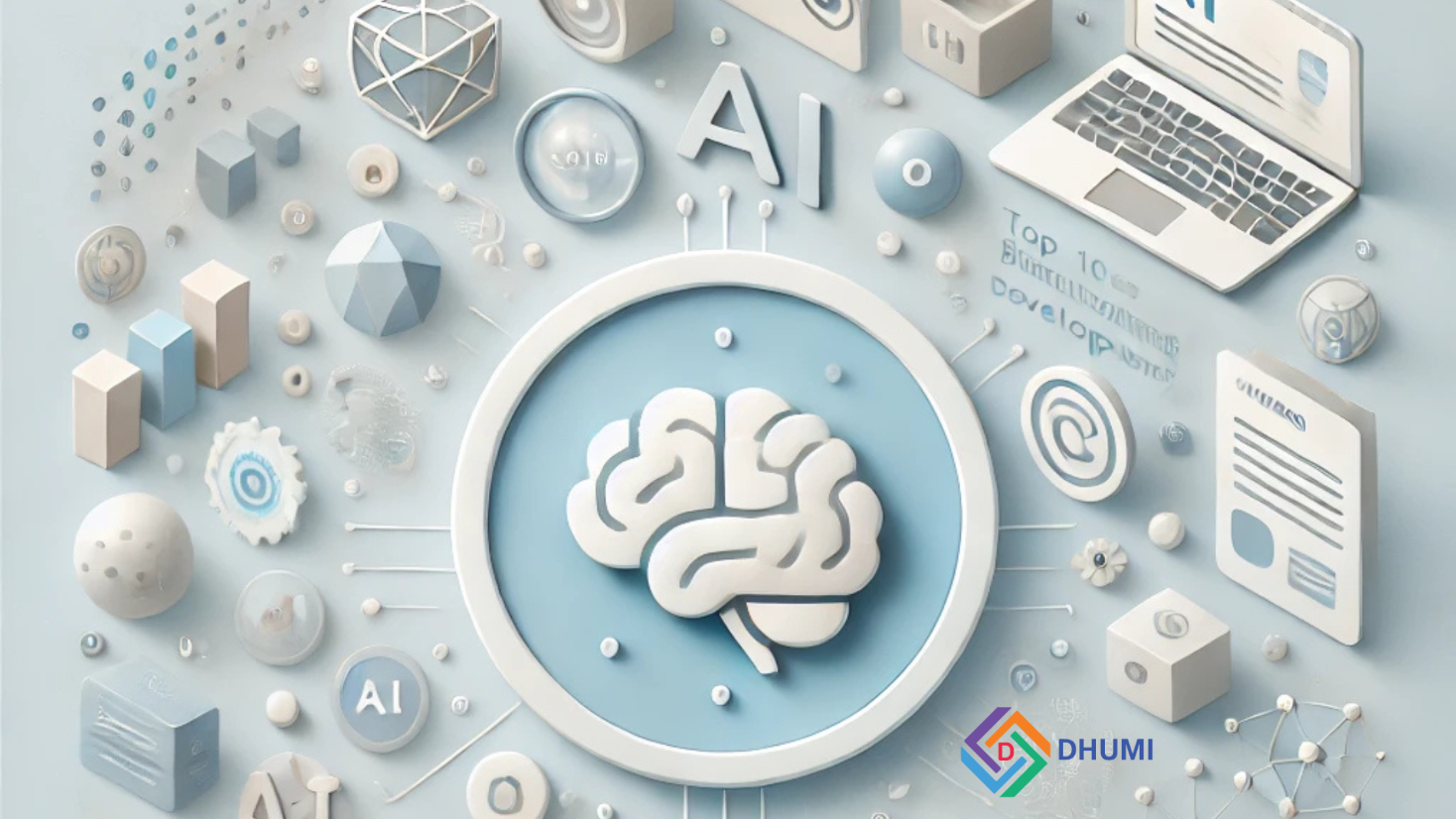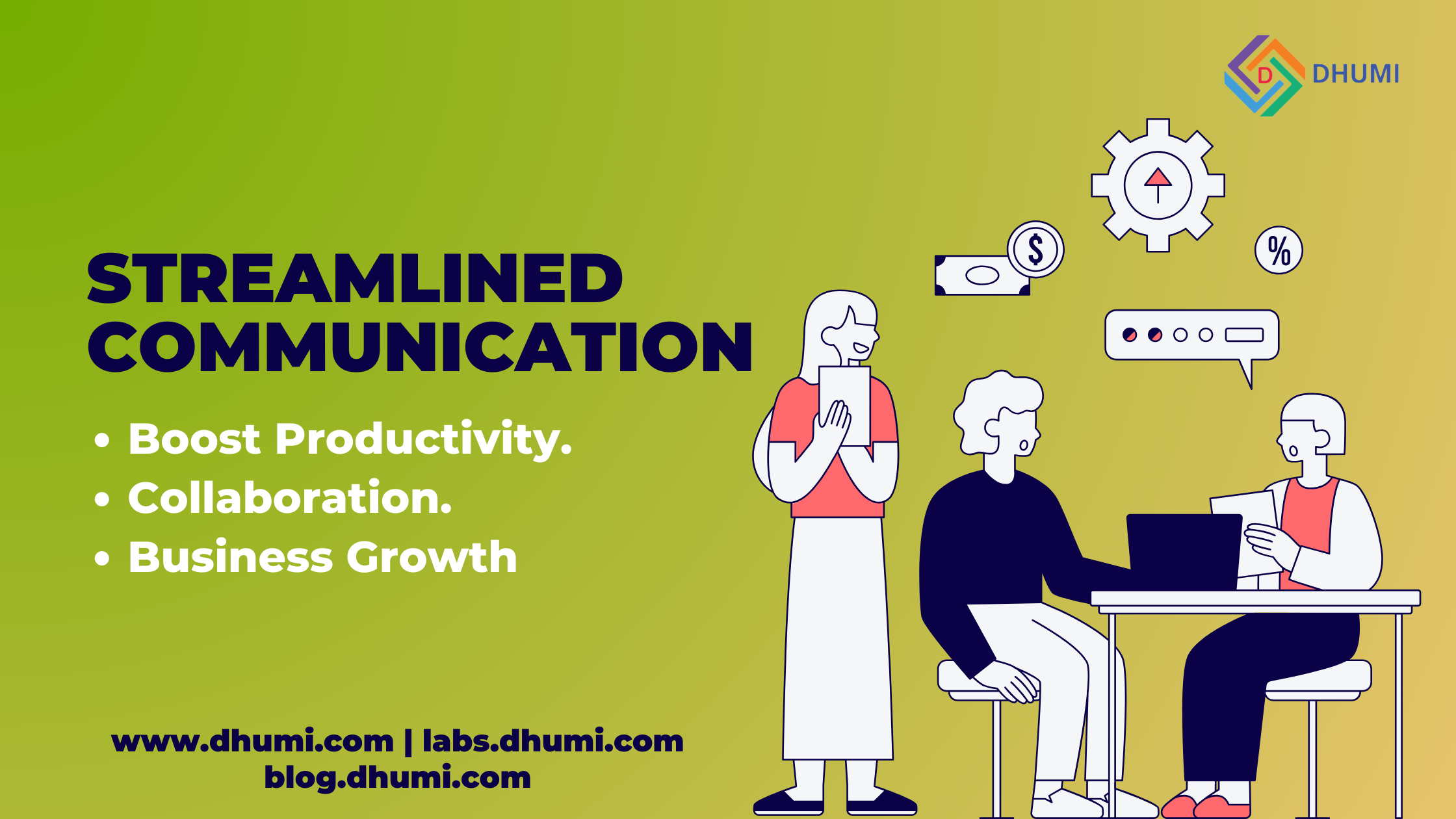For decades, software development has been a disciplined craft. It’s been about writing clean, structured code, following best practices, and building robust systems. Then, AI came along and introduced a new kind of magic: “vibe coding.”
Coined by AI researcher Andrej Karpathy, vibe coding describes a workflow where you use AI to generate code from high-level, natural language prompts, often with the mindset of “just letting the vibes flow” and “forgetting that the code even exists.”
It’s an attractive promise. You can create a web app in minutes or solve a complex problem without ever touching a keyboard. While this is great for rapid prototyping or “throwaway weekend projects,” it is a deeply flawed approach for building professional, production-level software. Vibe coding is a shortcut that inevitably leads to technical debt, security vulnerabilities, and a brittle, unmaintainable codebase.
Here’s why relying on this approach will set you up for failure.
1. The Hidden Cost: Massive Technical Debt
The number one problem with AI-generated code is that it often lacks the consistency, architecture, and documentation of code written by a skilled developer. It may be functional, but it’s rarely clean.
No Code Standards: AI models don’t adhere to your team’s specific coding conventions, naming rules, or architectural patterns. This can introduce “code smells” that make the codebase messy and inconsistent.
Poor Maintainability: Without proper structure and documentation, the code becomes a tangled mess that is difficult for other developers (or even you) to understand, debug, and modify in the future. What you gained in speed at the start, you lose tenfold in maintenance later.
The result? A product that is a nightmare to scale, update, and manage. You get trapped in a cycle of fixing problems caused by a codebase you can’t truly own.
2. Security Is a Mirage
Security is not a feature you can “vibe” into existence. It’s a critical component of every line of code, and AI-generated code is a huge risk.
Inherited Vulnerabilities: AI models are trained on vast amounts of public code, including code with known security flaws. They can unknowingly introduce vulnerabilities like insecure API calls, weak authentication, or mishandling of sensitive data.
No Context: The AI doesn’t understand your specific business logic or the sensitivity of the data you’re working with. It can’t account for edge cases that a human developer would consider, such as protecting against SQL injection attacks or preventing brute-force logins.
Using vibe coding for a production application is like leaving the front door of your house wide open. It’s an unacceptable risk.
3. The Debugging Nightmare
When you use vibe coding, you are giving up one of the most fundamental skills of a software engineer: debugging.
When a bug inevitably appears, you won’t have the context or the logical understanding of how the code works. This forces you into a destructive cycle of “work around it or ask for random changes until it goes away,” a process that is both inefficient and frustrating.
As developers, our ability to reason about and solve complex problems is our core value. Vibe coding bypasses this process, leaving you powerless when things don’t work as expected.
4. No Learning, No Growth
A final, and perhaps most profound, danger of vibe coding is its impact on your professional development. It encourages a “black box” approach to coding, where you are a prompt-engineer, not a problem-solver.
By accepting solutions without understanding them, you are losing the opportunity to:
Learn why certain architectural decisions are made.
Develop a deep understanding of core programming principles.
Get stuck on a difficult problem and find a solution through logical reasoning.
In the long run, this reliance on AI will stunt your growth and make you less valuable in the job market, as you won’t have the foundational skills needed for challenging roles.
Professional Alternatives to Vibe Coding: A Smarter Approach
The answer is not to abandon AI. Instead, embrace it as a powerful tool in your existing professional workflow. The difference is subtle but critical.
AI as a Collaborator: Use tools like GitHub Copilot and Google Gemini not to write your code for you, but to assist you. Let it handle boilerplate code, generate documentation, or suggest solutions to specific problems. You are still the driver, with the AI as your smart co-pilot.
Embrace Fundamentals: Focus on the timeless principles of software engineering. Learn and practice things like Clean Code, Test-Driven Development (TDD), and modular architecture. These are the skills that make you a true craftsman.
Human-in-the-Loop: Always review the code generated by an AI. Don’t just copy and paste. Read it, understand it, and ensure it aligns with your project’s standards. This is the only way to catch bugs and vulnerabilities before they become a problem.
This approach is especially important for globally distributed teams. While “vibe coding” might work for a solo developer, its lack of documentation and inconsistent standards would cause chaos when collaborating with engineers in different locations. Professional best practices, like clean code and comprehensive tests, provide a universal language that allows teams everywhere to work seamlessly together.
The Future of Coding: A Unified AI & Professional Development Approach
The true value of AI in coding isn’t its ability to replace human effort. It’s its power to augment it.
The future of software development belongs to those who can master both the art of structured programming and the science of using AI tools to their full potential. It’s about building a solid foundation and then using AI as a force multiplier to innovate faster, without sacrificing quality or security.



It’s fascinating how slot games are evolving! Seeing platforms like jljl88 link com offer diverse options-from classic slots to live experiences-really changes the game. Responsible play is key, of course, but it’s fun to explore!
Scratch cards are such a fun, quick thrill! Seeing platforms like 789wim adapt to local preferences with easy banking (like those Vietnamese options!) is smart. Makes getting started so much simpler for everyone! 👍
Dice games are surprisingly strategic! Seeing platforms like 789betvi focus on easy account setup & local payments is smart – makes getting into new games so much smoother for Vietnamese players. Great design!